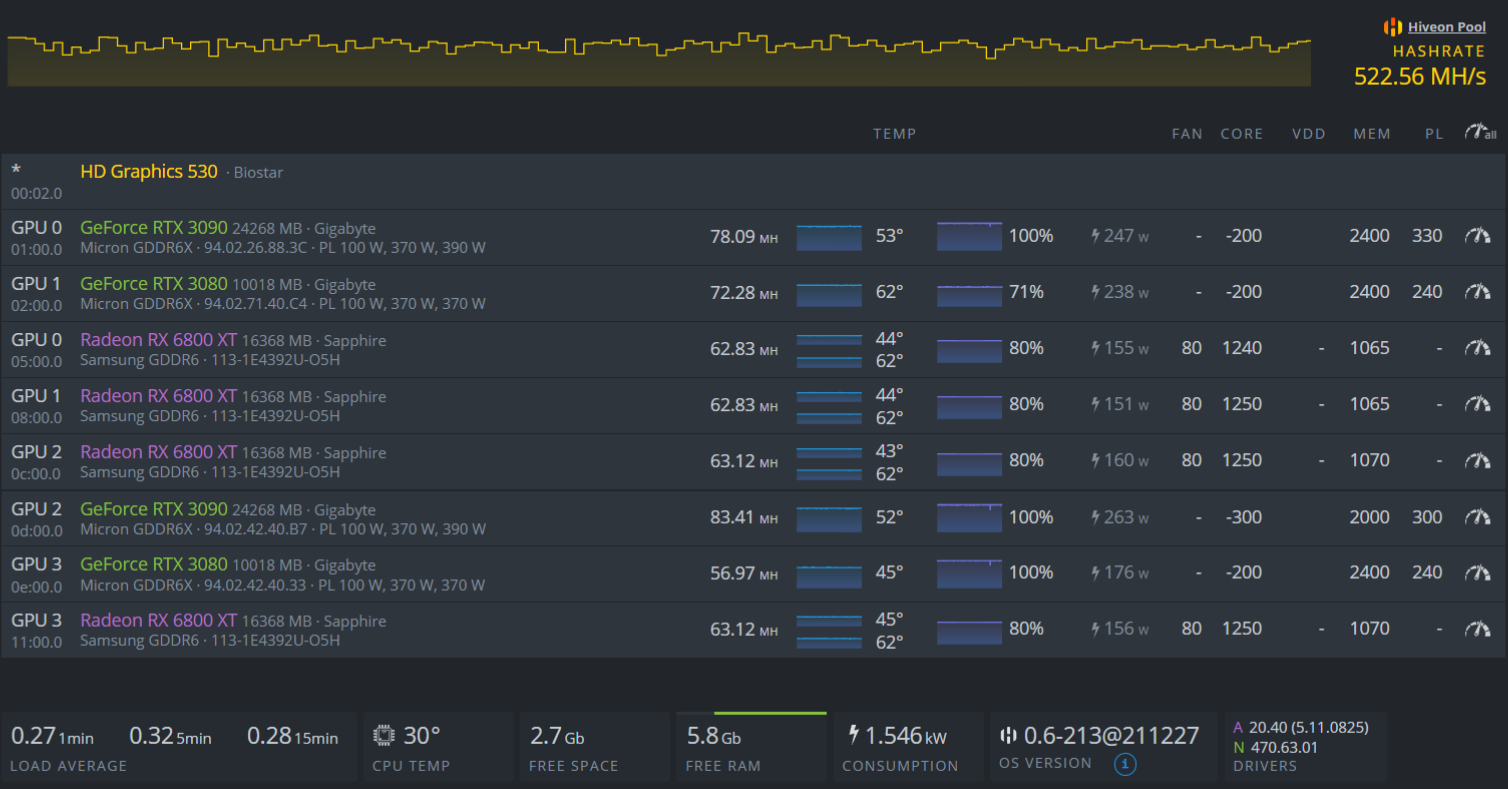
Bitcoin’s hashrate growth has decelerated, presenting challenges for smaller mining operations. The latest MinerMag report indicates that after months of rapid expansion, the network’s difficulty experienced its first decline since September. This suggests that while publicly listed companies have continued to increase their hash power, their growth isn’t sufficient to offset the exit of smaller operators.
In January 2025, Bitcoin mining revenue remained steady at $1.4 billion. Notably, public mining companies accounted for approximately 30% of the network’s hashrate during that month. The competition among the top five mining firms has intensified, leading to a more concentrated mining landscape.
The slowdown in hashrate growth can be attributed to several factors. Following a record-setting difficulty adjustment and Bitcoin’s market price dipping below $96,000, the mining hashprice—a measure of revenue per unit of computational power—dropped to $53 per petahash per second. This decline raises concerns about the viability of older-generation mining equipment in an increasingly competitive market.
The Bitcoin hashrate has increased by approximately 29% since the halving in April 2024. This halving epoch is on pace for the lowest increase in difficulty across all epochs. The marginal efficiency gains in ASICs are diminishing, contributing to the slowing hashrate growth.
As more miners join the network, the difficulty of mining each Bitcoin increases, which in turn drives down profitability. This creates a cycle where miners must continuously invest in newer, more powerful equipment to maintain their share of the network, increasing operational costs and reducing margins.
In response to these challenges, some miners are exploring alternative revenue streams. For instance, the convergence of growth trends in Bitcoin and AI/HPC presents opportunities for miners. Miners are at the apex of these converging trends and are in a strong position to benefit from a sustained bull run in Bitcoin price, given the non-linear correlation of operating costs to BTC price. Simultaneously, generative AI has one of the fastest-growing adoption curves of any technology in history.
Despite the current challenges, the cryptocurrency mining market is projected to grow with a CAGR of 7.8% from 2022 to 2029, reaching an estimated value of $2,263.42 million by 2029. This growth is driven by factors such as the flexible and scalable nature of mining operations, allowing individual enthusiasts and small groups to participate and earn crypto rewards according to their hash power. Additionally, no licensing requirements, limited regulatory scrutiny, and the ability to mine from home lower the entry barriers significantly for small players.
However, the increasing competition and rising operational costs pose significant challenges for smaller miners. The flexible and scalable nature of mining operations allows individual enthusiasts and small groups to participate and earn crypto rewards according to their hash power. Furthermore, factors such as no licensing requirements, limited regulatory scrutiny, and the ability to mine from home lower the entry barriers significantly for small players.
In such an environment, it’s challenging for smaller players to compete with large operations that are already positioned to dominate the market. The increasing network hash rate, driven by more miners joining the network, leads to higher mining difficulty and reduced profitability. This necessitates continuous investment in newer, more powerful equipment, further increasing operational costs and reducing margins.
Arabian Post – Crypto News Network


